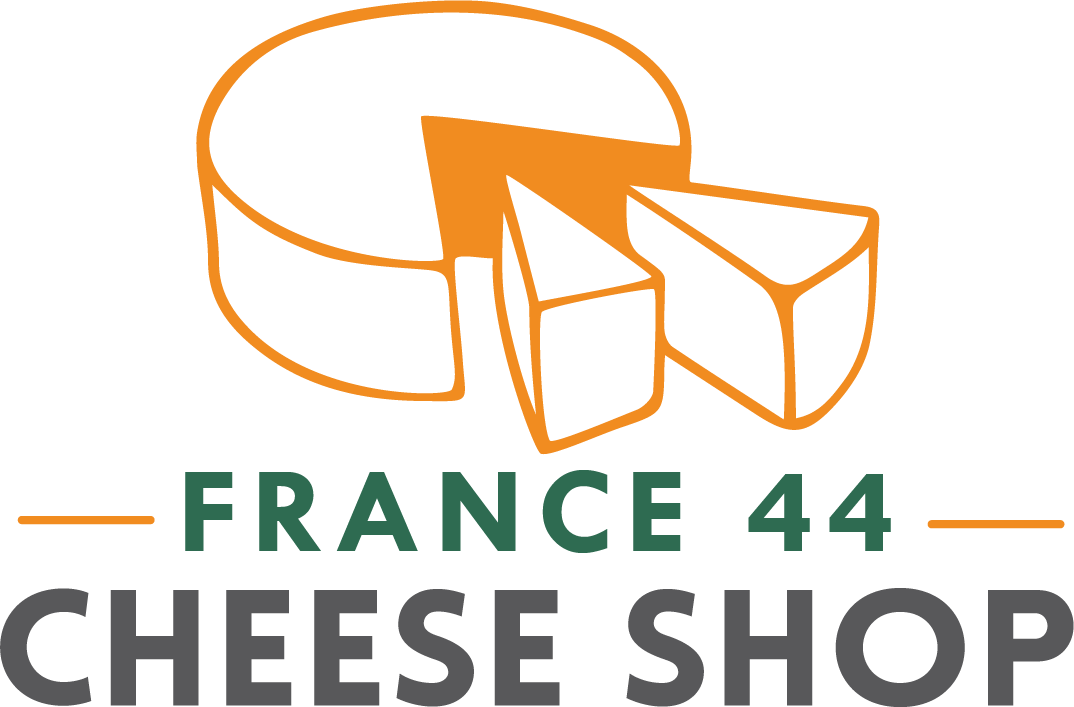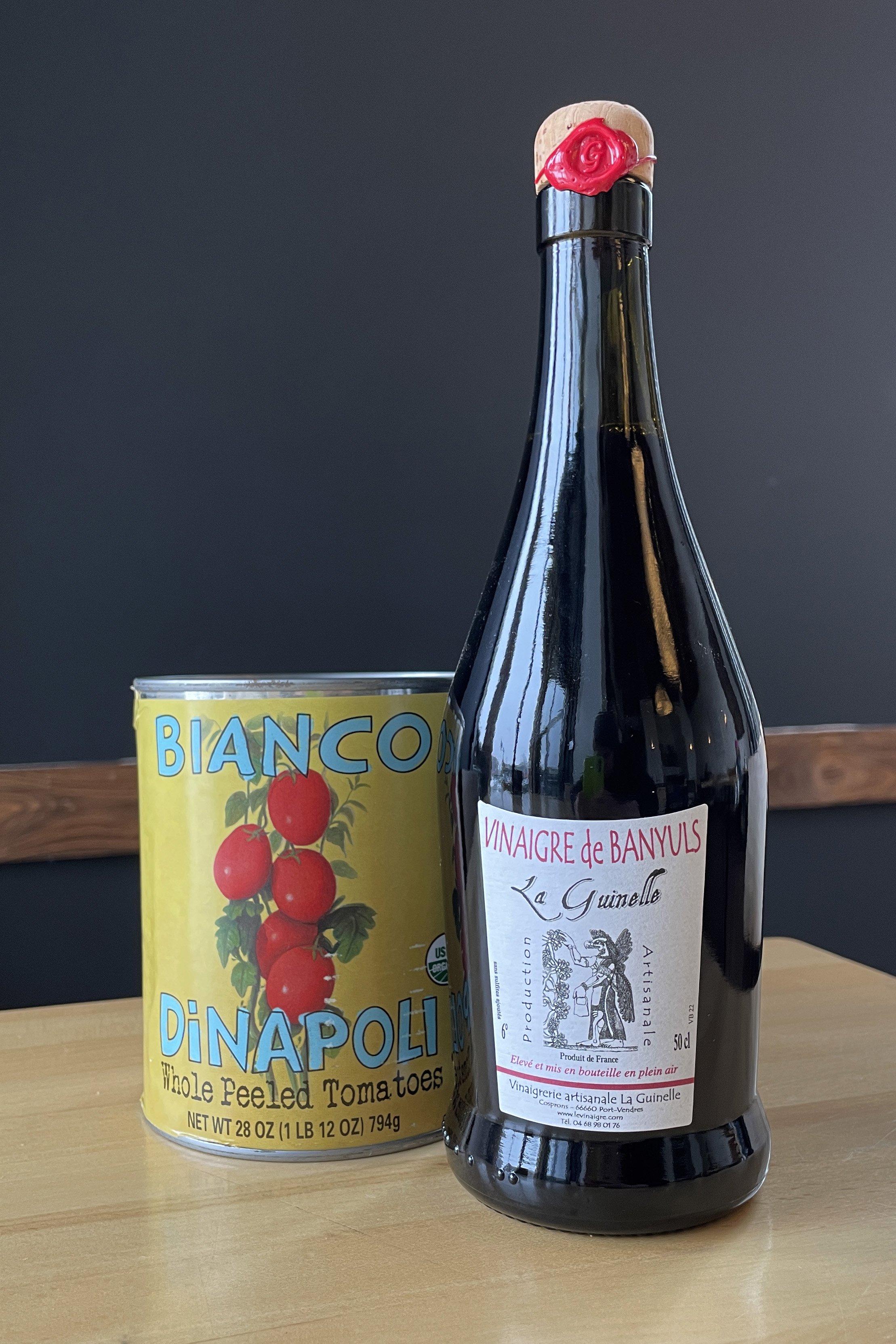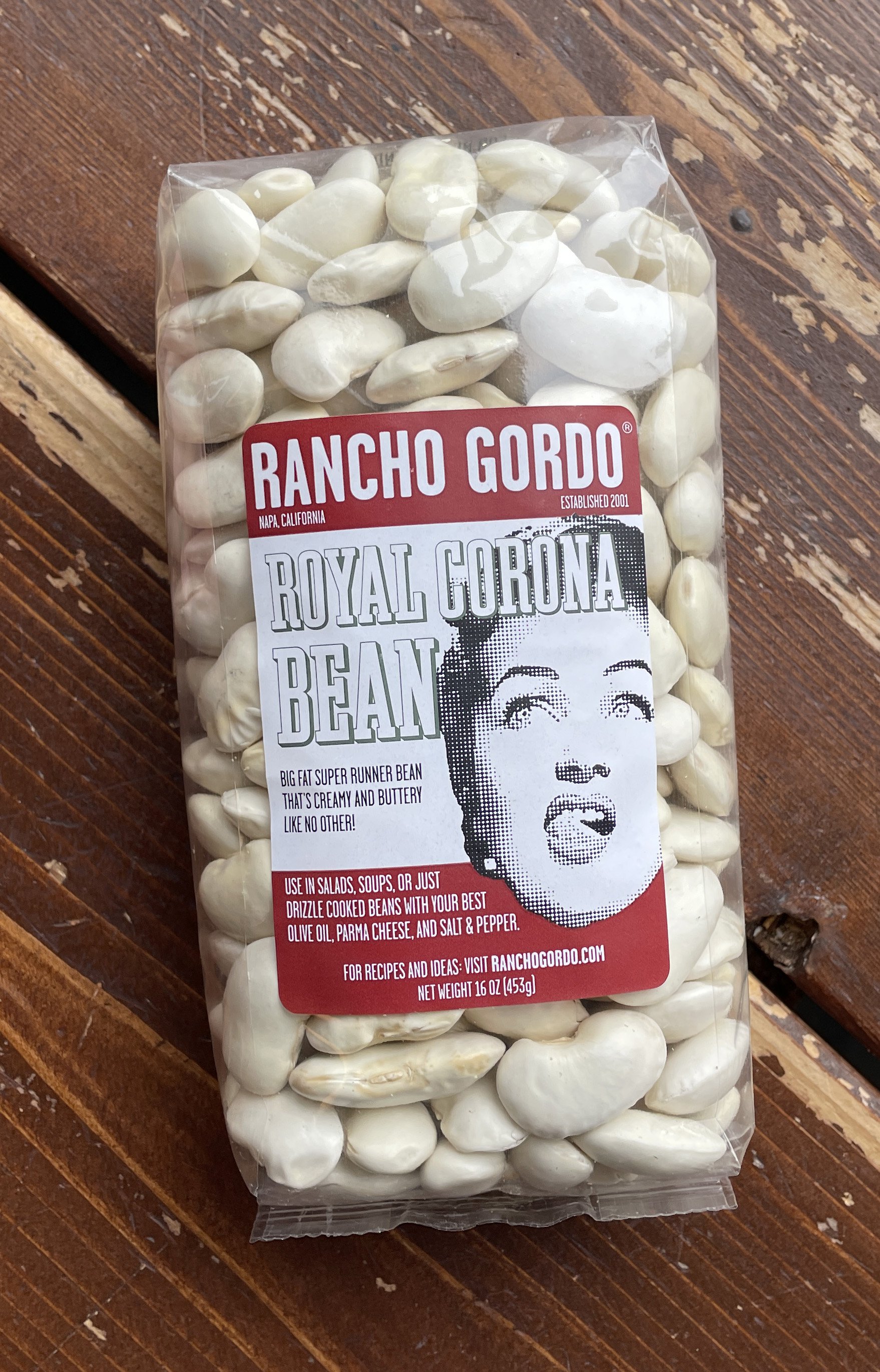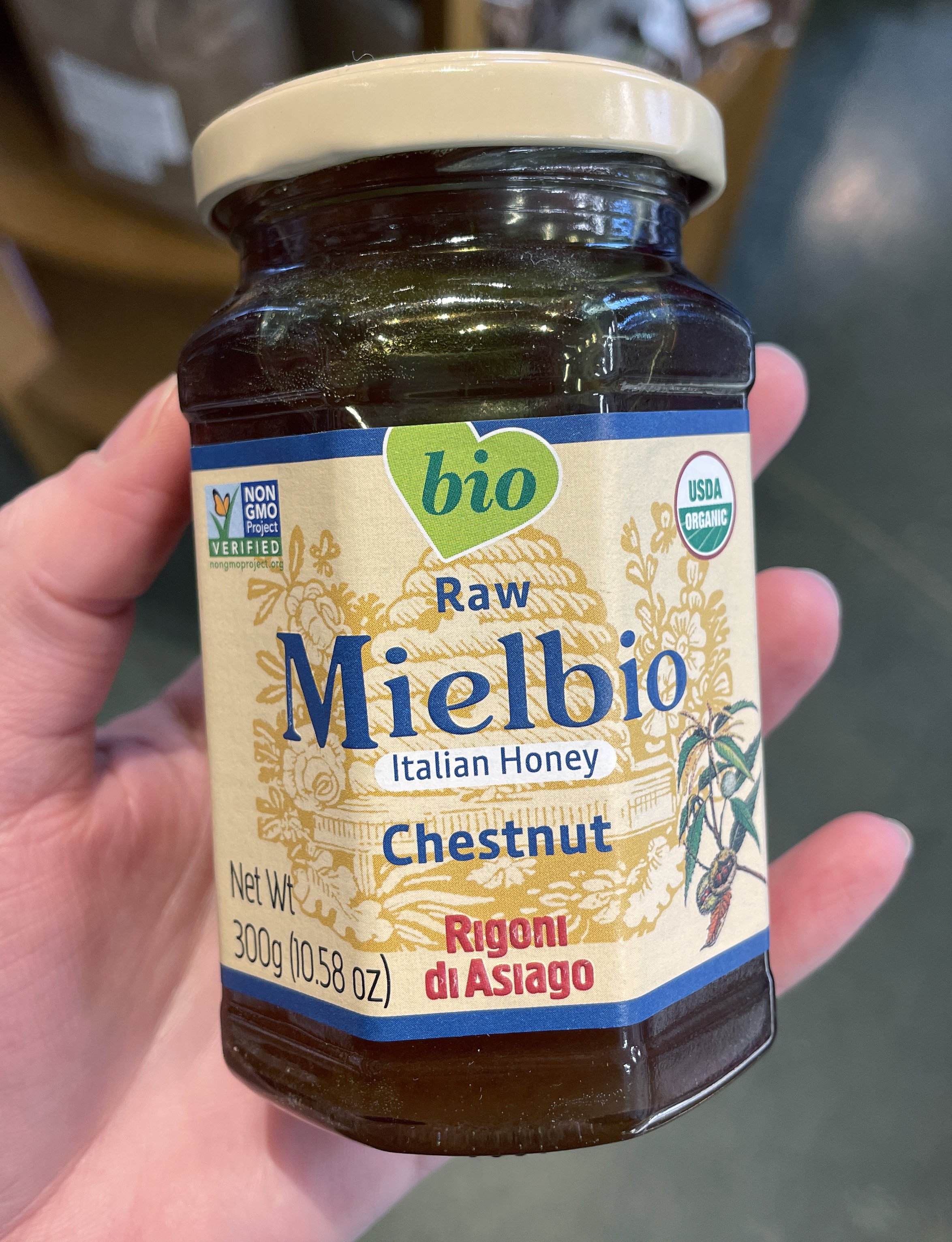by Matt Gruber
Have you ever gone into a grocery store, covered your eyes and just started picking out random items from each aisle? Yeah, neither have I - but sometimes I look in my fridge and feel that way. How am I gonna be resourceful and use all this leftover produce and why do I have this meat I didn't really have a plan for? I have a soft spot in my life for ground turkey. Many moons ago when I lived in the wonderful (up for debate) home of the Buffalo Bills, Buffalo NY, I tried to kick red meat and switch mainly to chicken and turkey. I have had wonderful success subbing turkey for so many of my red meat recipes and just exploring and inventing new recipes with it. I have always had a soft spot for chicken pot pie, but my partner in thyme didn't share this love. However, she did love biscuits. This is when I started cooking up something that is Space Odyssey 2023. This time around I am going to try something new and do a spin on chicken pot pie.. except no chicken, and no pie. Turkey pot pie? Turkey hot dish? Turkey biscuit bake? I haven't trademarked the name yet but we will get there. A fairly easy comfort dish that you can do all in your cast iron. Going a bit out of the norm I am adding baby sweet peppers, red pepper flake, and rosemary to my recipe..
Feeds 2-4 people (2 people with leftovers)
1 package of your favorite premade biscuits (make your own to elevate, some things call for shortcuts in my book)
1# ground turkey
1/2 onion
4 baby sweet peppers
2 carrots - diced
2 celery stalks - diced
1/3 cup flour
1 cup chicken stock
1 cup water
1 tbsp lemon pepper
1 tbsp rosemary
1 tbsp umami seasoning
1 tbsp lemon pepper
1 shake red pepper flakes
2 cloves garlic - minced
4 sprigs of thyme, taken off stem
1 tbsp cream cheese
1 knob of butter, melted
salt and pepper to taste
Directions
Heat a cast iron pan over medium flame. Add a drizzle of oil.
Add ground turkey and spices. Cook until browned. Set aside.
Add more oil if pan appears dry. Add your diced veggies and cook until softened.
Add minced garlic and thyme and cook until aromatic.
Add 1 cup stock to the pan, bring to a simmer.
Whisk together 1/3 cup flour and 1 cup water. Slowly whisk into stock mixture.
Preheat oven to 425
Add browned turkey back into mixture along with the 1 tbsp of cream cheese.
Place biscuits on top of mix and brush with melted butter
Bake in oven for 13-14 minutes until biscuits are golden brown
Serve and enjoy!











